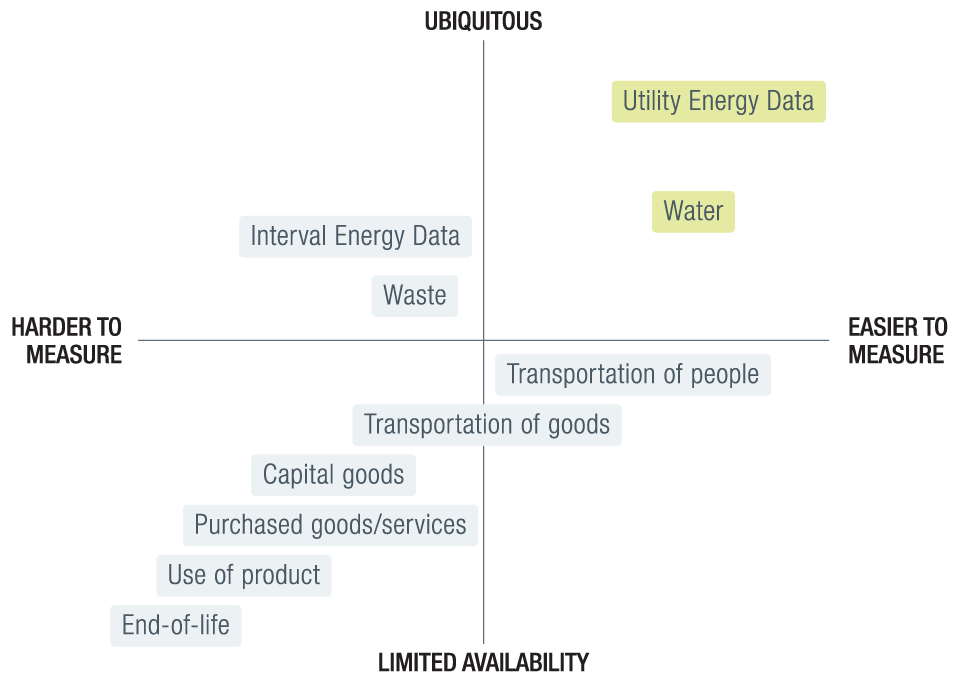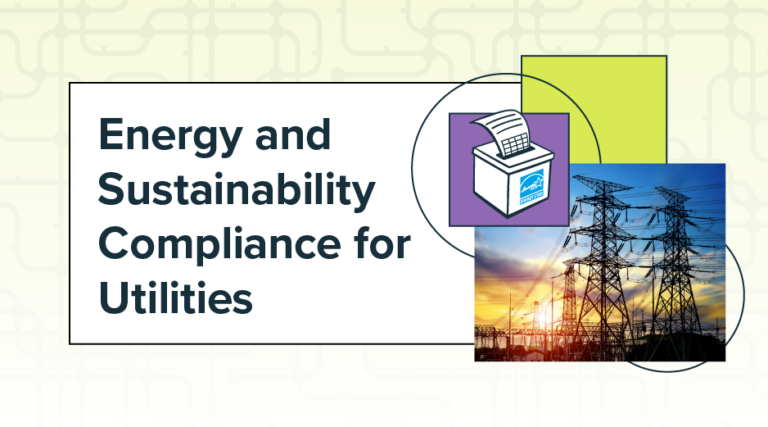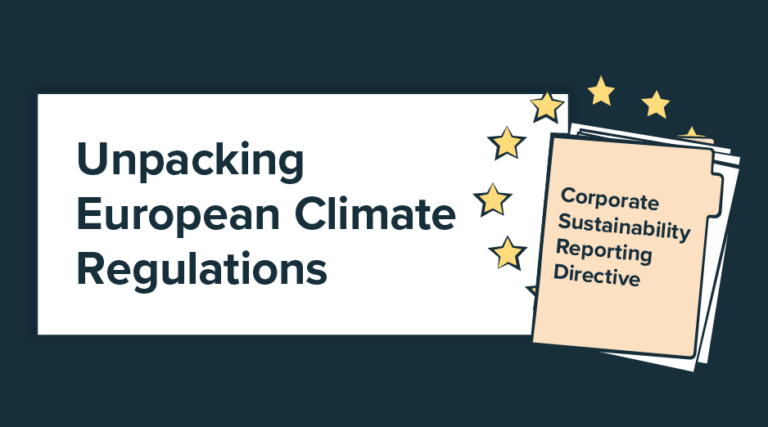From corporate America to the public sector, energy efficiency and sustainability is now a key imperative. Whether organizations are looking to meet government mandates or fulfill their own carbon reduction targets, sustainability teams are scrambling to reduce their emissions and are making significant investments into sustainable initiatives like carbon offset contracts, renewable power purchase agreements, and carbon capture technologies.
Although these investments are praiseworthy and look impressive in your annual sustainability report, there’s something you may be overlooking: The most significant opportunities for energy efficiency and carbon reduction reside in the very buildings you’re managing.
Organizations truly making an impact on carbon reduction start by understanding resource consumption in their buildings, execute data-driven energy efficiency improvements, and then layer on additional green initiatives. Buildings are complex, and understanding electric, gas, water, and waste data is no easy feat. We’ll let you in on a secret for simplifying this process: Utility Bills. Every building has them, and they contain the resource data Energy Managers and Sustainability Leaders need to drive carbon reduction programs.
Energy Optimization is Key to Sustainability
Concerns about the climate have led to organizations all over the world pledging to reach net-zero carbon emissions in accelerated timeframes. However, many people might not realize that energy optimization in buildings accounts for over 40% of the reduction in emissions needed by 2040.
Improving energy efficiency in buildings first will not only help corporations minimize expenses but also greatly reduce unnecessary carbon emissions from occurring in the first place. Skipping the important step of energy optimization in your buildings isn’t a best practice and results in a considerably longer time horizon to achieve “zero”. Additionally, the reduction in expenses resulting from reduced energy consumption can potentially fund other green initiatives to help achieve the organization’s sustainability goals.
Don’t just take our word for it. The U.S. Department of Energy (DOE) recommends prioritizing energy efficiency, stating, “When pursuing a decarbonization plan, DOE is encouraging partners to lead with energy efficiency. Energy not used is energy saved, making the transition to clean, renewable energy infrastructure easier.”
So, while jumping to renewables and carbon offsetting projects may feel like a quick win, you’re missing a massive opportunity to make a positive impact right at home—in your buildings.
Greenhouse Gases—Are All Things Equal?
When we think about greenhouse gases, we think of energy, water, waste, and transportation of people—but are all of those things equal? Not exactly. According to the Climate Group, 40% of emissions come from the buildings that we occupy, whether we live or work in them. Building energy can make the biggest impact on greenhouse gas emissions, and if left unchecked, these emissions are set to double by 2050.
Data Availability
When you look at the availability of data for some greenhouse gas contributors, you find a continuum where utility energy data and water are actually readily available and easy to measure, because we have already been metering them for a long time. With the right tools, you can capture and visualize this data for maximum energy efficiency opportunities.
 Best-in-class portfolio-level energy and utility bill data management and reporting.
Best-in-class portfolio-level energy and utility bill data management and reporting.
 Real-time energy and sustainability analytics for high-performance, net-zero buildings.
Real-time energy and sustainability analytics for high-performance, net-zero buildings.
 A holistic view of financial-grade scope 1, 2, and 3 carbon emissions data across your entire business.
A holistic view of financial-grade scope 1, 2, and 3 carbon emissions data across your entire business.
 Energy and sustainability benchmarking compliance software designed for utilities.
Energy and sustainability benchmarking compliance software designed for utilities.



